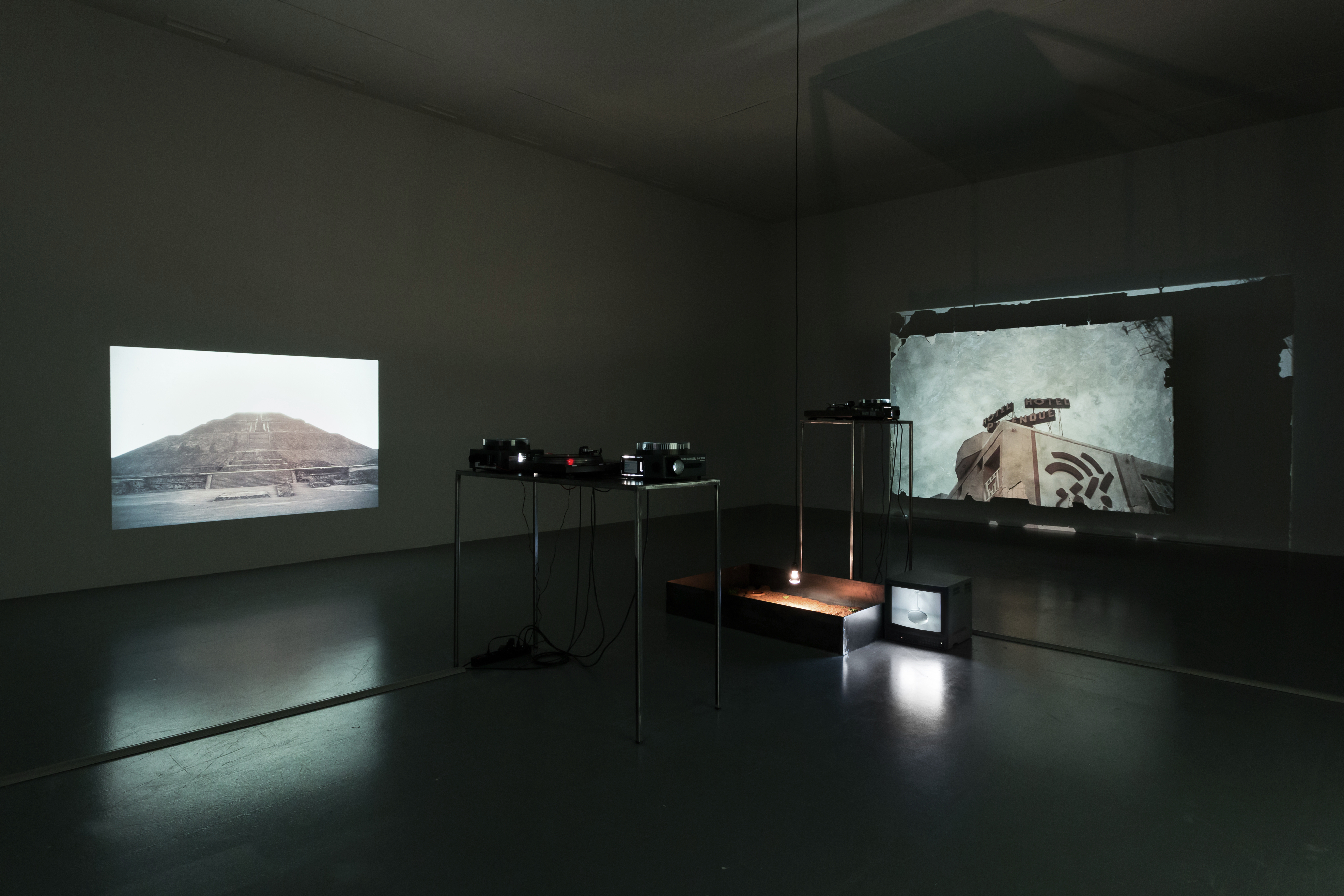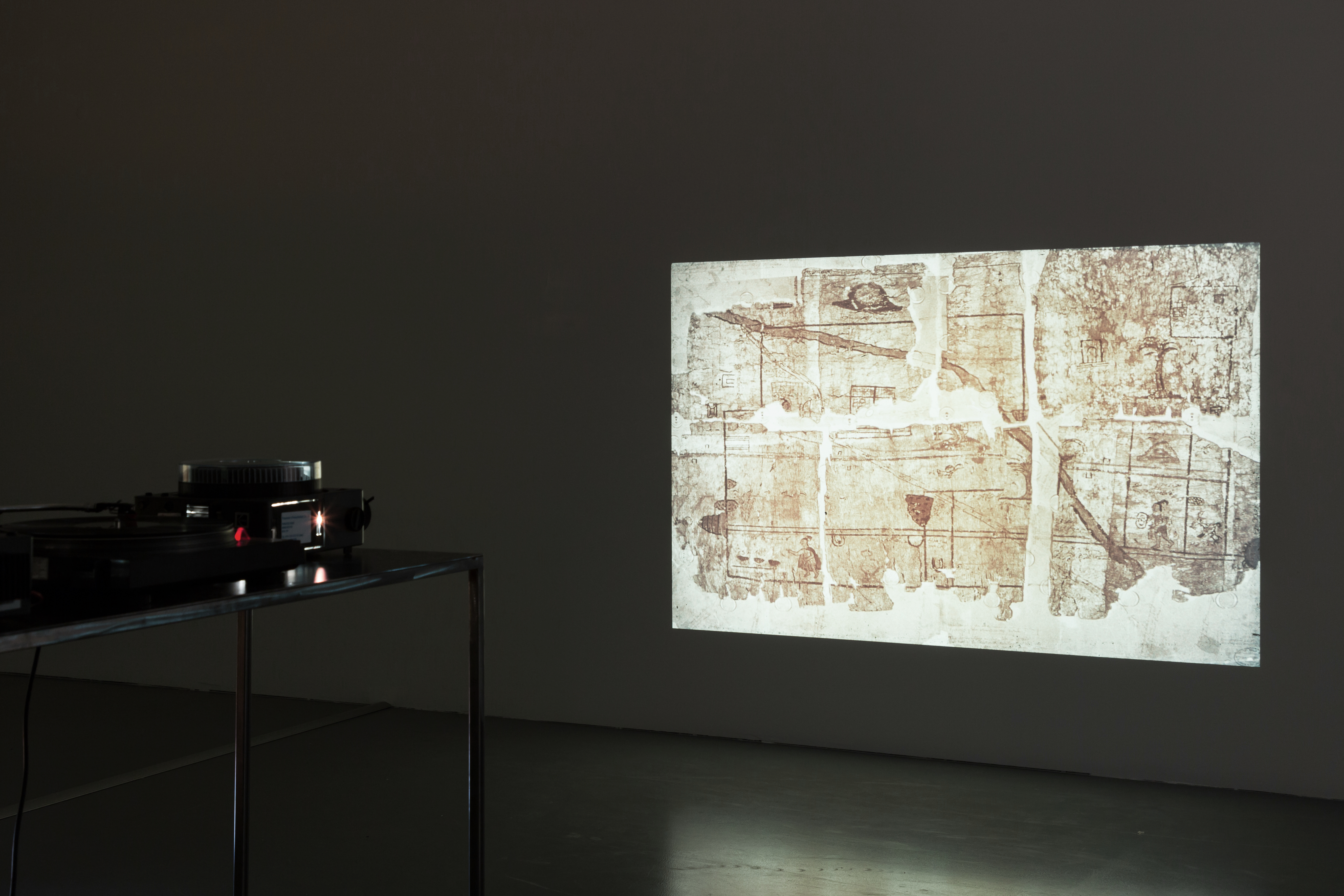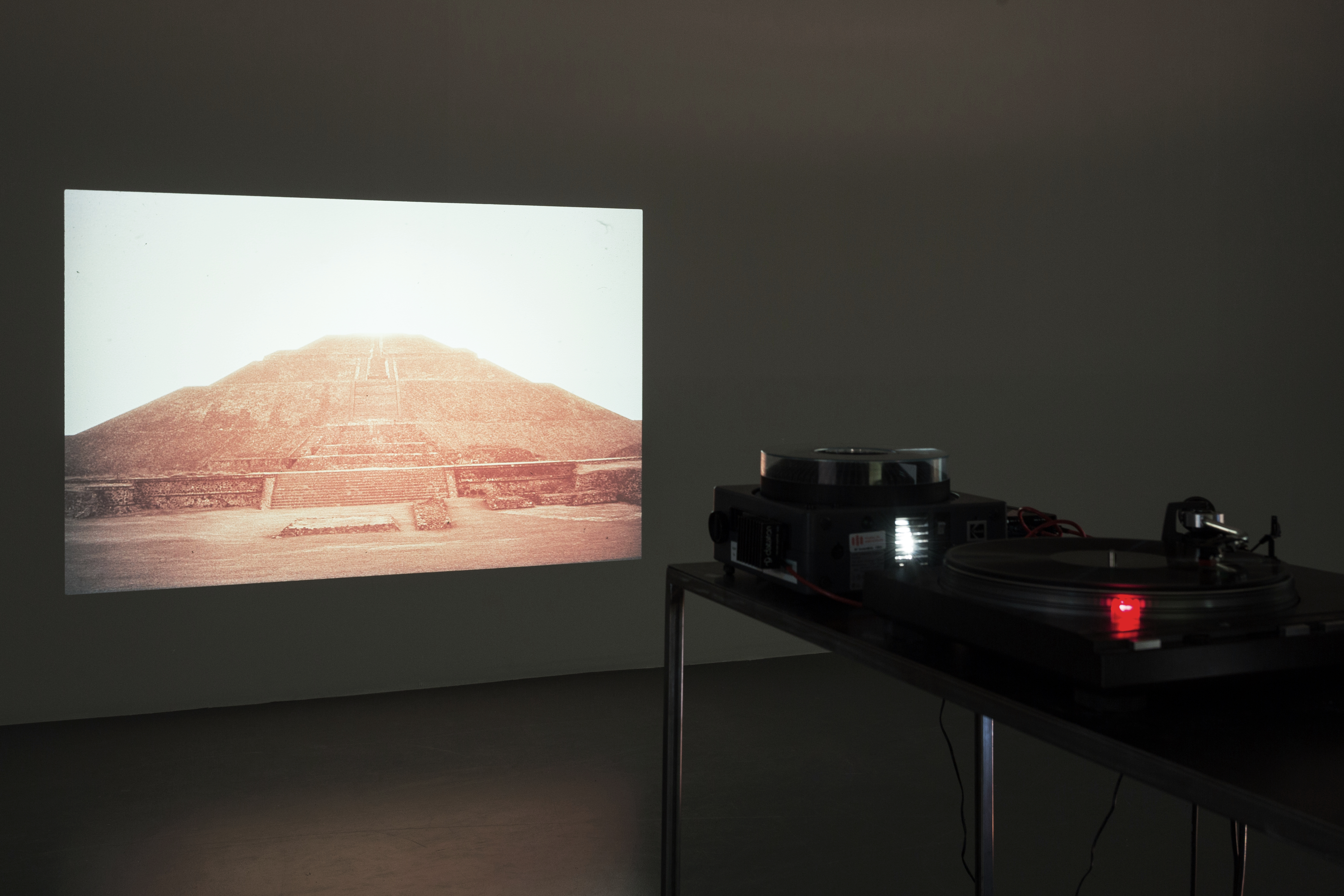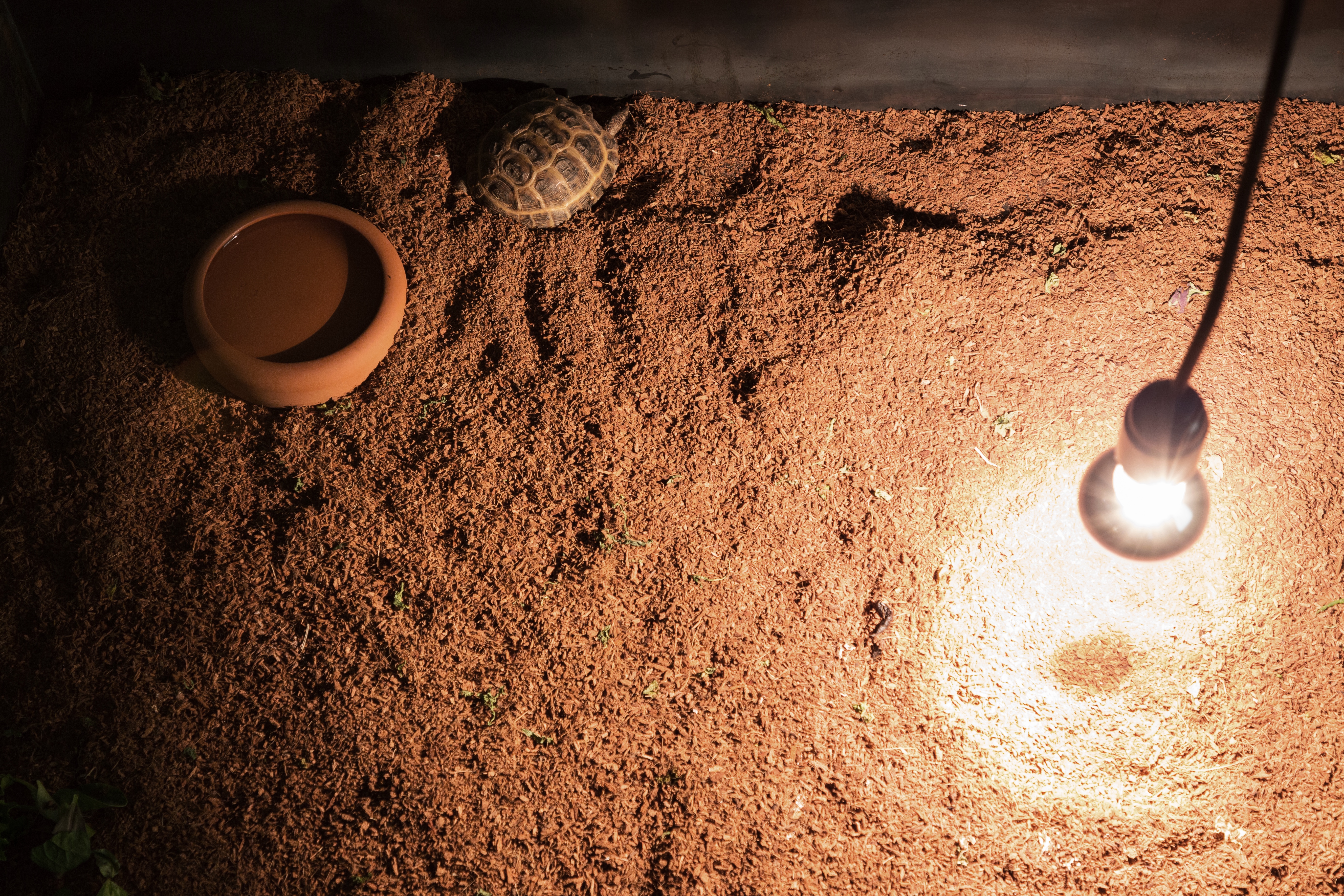




Absence Made Present [1]
Time, entropy, ruin and the accidental are core concepts of the project Henrique Pavão has developed for the EDP Foundation's New Artists Award 2019. These same concepts have been foundational and diachronic notions in the work of an artist that stands out amongst a new generation of Portuguese artists born between the end of the eighties and the early nineties. The origin of the project goes back to Pavão’s solo show at the UMA LULIK_ gallery in 2018, where he first focused on American artist Robert Smithson (1938–1973) and on his trip to Mexico, with Pavão citing and paying homage to Smithson’s work and reclaiming his conceptual, artistic poetics. Smithson is one of Pavão’s favourite artists, so it comes naturally that he elected to resume his investigation, now with a chance of visiting Mexico for the first time. The desire came out not only of his personal admiration for Smithson and Smithson’s interest on pre-Columbian civilizations, but also out of his fascination for one other figure which became central to the project — Leopoldo Batres (1852–1926), a pioneer of modern archaeology who was responsible for the rebuilding of Teotihuacan.
The Lost Longing for Existence is a complex, enticing setup interweaving these two characters and their trajectories. We have Batres, suspected of altering the original plan of some buildings in the Teotihuacan Archaeological Site, while also selling a number of artifacts to finance his archaeological work from 1883 to 1911, among these an ancient map[2]dating from the 16th century of what may have been the largest city that existed in Mesoamerica. And then we have Smithson’s seminal Hotel Palenque (1969–1972), a photo series showing us several interior and exterior views of the hotel, from when Smithson visited the Mayan ruins in Palenque. Smithson first presented this work in 1972, when invited as guest lecturer at the University of Utah to discuss the Palenque Archaeological Site. Smithson chose to eulogize an abandoned, decaying building, partially ruined and under renovation. In his view, the Palenque Hotel — a “non-site”, he called it — stood for pure entropy, a place in becoming, the ruin of a project suspended in time which, because of its precariousness, apparent structurelessness and pragmatic improvisation, Smithson considered as genuine and authentic (maybe even more so) as the Mayan ruins from which the town took its name[3].
The pre-Hispanic ruins of Teotihuacan and Palenque were Pavão’s chosen destinations for a field trip that proved decisive to the project. The Lost Longing for Existenceconsists of three separate slide projections and a Super 8 film in articulated dialogue with display structures also designed by the artist — different periods, different cultures, different understandings of art connect and overlap.
Face to face, two projections form a diaporama, with the noises from the projector (the cooling-fan, the slide changes) amplified. One shows us the symbolic and prophetic destruction of the Teotihuacan map, while the other shows us the Pyramid of the Sun rebuilt — and as the former fades, the latter comes back as a recurring, cyclical, hypnotizing motif transporting us to a poetic, enigmatic new dimension. Pavão reminds us that archaeological sites are simply locations in ruins and that archaeology consists of interpreting, of building the past in the present. The third projection shows us the Hotel Palenque façade superimposed on a concrete flagstone — an image that will fade gradually during the run of the exhibition. In a monitor, the Super 8 film shows us an interior scene: Pavão’s room at the hotel. Contrasting with the sequence of the inanimate, megalithic masses of both the pyramid and the hotel façade, we see a fan in the ceiling, a TV showing a wrestling match featuring Mexican El Santo, and we glimpse a burning in the distance, which alludes to the thesis that Batres used dynamite for his excavations in Teotihuacan. Finally, we see a turtle, the only witness to all of this, also a reference to the turtle tank Smithson photographed at the Hotel Palenque.
Although Pavão builds his work gradually, meticulously articulating cross-disciplinary references and content, the logic of the accidental becomes a conceptual and formal strategy informing his creative process. An example: during his show at UMA LULIK_ gallery, he discovered — due to a technical glitch — that record players amplify the noises from slide projectors, and also that too much light obliterates the image in the slide. Using such fortuitous details; highlighting paradoxes relating to history and time; preconceptions of ruin and memory, of sites and non-sites, of heterotopia and memory; and playing with overlapping and juxtaposing what remains and what fades — prompting, from the outset, a meditation on the passage of time and its effect on any given place — Pavão invites us on a fictional voyage made of overlapping layers of time, history and displacement — an intricate web of circuit and flux that will feed off one another for the lifespan of the show and of this piece.
Inês Grosso, 2019
[1] “Ruins are absence made present, an intermediate level between fullness and void, being and not being, what is and what isn’t.” (Alexandra Ai Quintas, “A Perceção Estética da Ruína — A Presença da Ausência”, in Margarida Acciaiuoli (coord.), Arte & Melancolia, Lisbon, Instituto da Arte/Estudos de Arte Contemporânea, 2011, pp. 273–281.
[2] Map dating from 1560, currently owned by the Newberry Library in Chicago.
[3]Cf. Guilherme Wisnik, Dentro do Nevoeiro — Diálogos Cruzados entre Arte e Arquitetura Contemporâneas, a doctoral dissertation in Architecture and Urbanism History and Development, University of São Paulo, 2012, and A Ruína e o Jardim, 2009, an article for vitruvius.com.br.
The Lost Longing for Existence, 2019
35 mm slides (2 sets of 31), black and white and color, loop; 35 mm slide, black and white; three slide projectors Super 8 film transferred to digital video, black and white, silent, 2’ 31’’, loop; video monitor
2 vinyl records, 12 in, 33 1/3 RPM, sound, 21’ 28’’, loop; two record players
Turtle (Nancy), heating lamp, concrete and iron
Dimensions variable
Installation view ‘EDP Foundation’s New Artists Award’, MAAT, Lisbon
Photo — Bruno Lopes
© 2024 Teresa Segurado Pavão